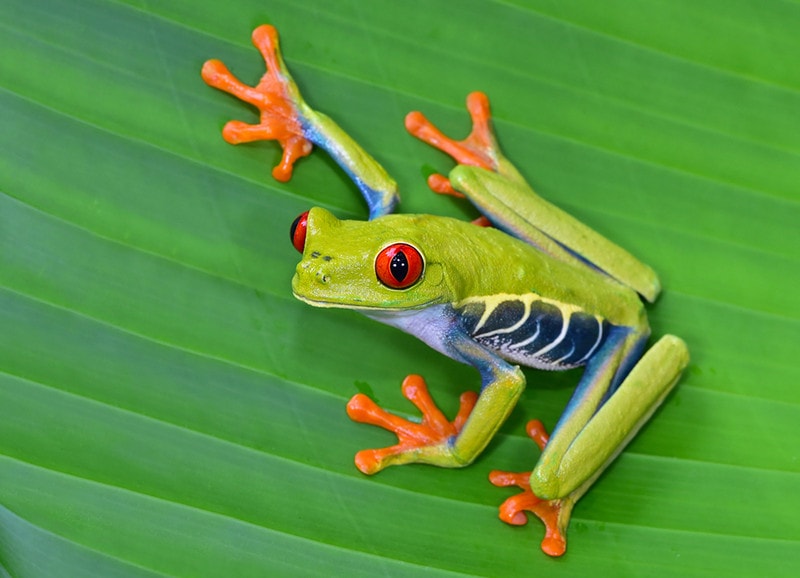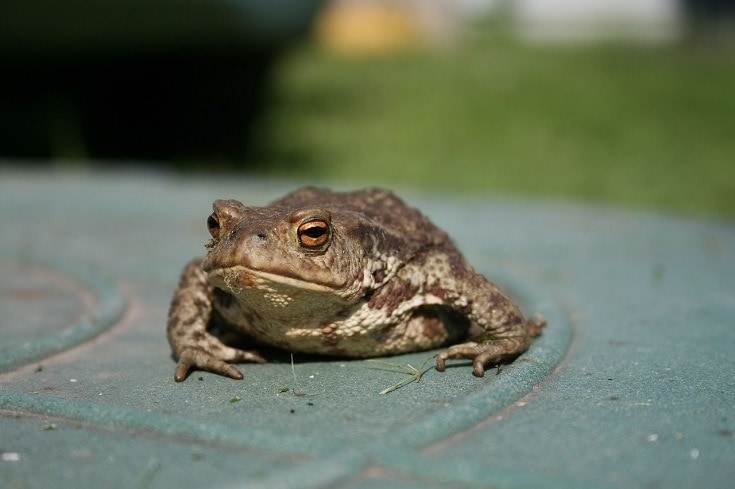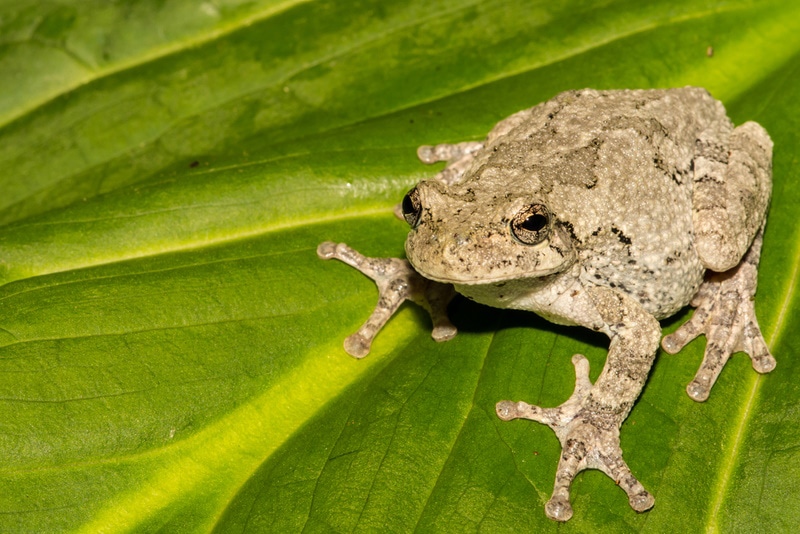Do Red-Eyed Tree Frogs Make Good Pets? Read Before You Get One
Updated on

The Red-Eyed Tree Frog is a unique species that can easily catch the eye due to its unique appearance. While this frog species is native to Central and South America, it is possible to own one as a pet here in the United States. This leads to the question, do Red-Eyed Tree Frogs make good pets? The answer to that question is yes, they do if you know how to properly care for them or are willing to learn. You’ll also need to realize that these frogs aren’t made for lots of handling and spend the majority of their day asleep. Let’s jump in and learn more about this tree frog and a few of the requirements of having one in your home.

What Is a Red-Eyed Tree Frog?
The Red-Eyed Tree Frog is an arboreal amphibian that loves rainforests and wetlands. What does this mean? It means exactly what this frog’s name says: they spend a lot of time in the trees. The vivid green color of these frogs makes hiding in the trees to catch prey easy for them. This coloration also protects them from potential predators in the wild. They also have their unique red eyes and small size. When closed, the eyelids are green, which helps with camouflage. However, when they open their eyes, it is used to warn away predators and can even take prey by surprise. As adults, these frogs only measure between 1 and 2 inches.
Another unique thing about these frogs is their ability to change colors. Yes, they are green with a bit of blue and yellow on their sides. However, according to their mood, these frogs can change color. In some instances, they will become brighter or darker green. They can even appear reddish-brown. The bright orange and red feet of this species feature footpads that make life in the trees easier for them. This ease of moving and blending in allows them to easily snack upon insects to keep them full and healthy.

Do Red-Eyed Tree Frogs Make Good Pets?
Like most frogs, the Red-Eyed Tree Frog sleeps through the day and is most active at night. If you’re a night owl, this could be perfect for you. However, if you want a pet that you can observe and interact with during the day, you may want to choose another option. The biggest part of keeping these frogs as pets is understanding that being under human care isn’t their natural habitat. This means you’ll be expected to provide your frog with a proper habitat that features the right temperatures, lighting, and necessities. You’ll also need to provide your frog with the right nutrition.
You should also keep in mind that Red-Eyed Tree Frogs aren’t fans of handling. This can be upsetting for pet owners who want a pet that wants a lot of interaction.
How to Properly Care for a Red-Eyed Tree Frog
Let’s take a look at how you can properly care for a Red-Eyed Tree Frog so you can better understand this species’ needs and care requirements before deciding to bring one into your home. This will help you determine whether this frog is the best pet for you.
Tank
Yes, like all amphibians, the Red-Eyed Tree Frog requires a specific habitat in which to thrive and be healthy. You may think a small tank is okay for these frogs. That isn’t the case, however. This species of frog is used to spending its time in the trees of the rainforest. To do the jumping they want, you’ll need at least a 15- to 20-gallon tank. Most tree frogs prefer a tall tank instead of a wide one. This will allow your frog more room to climb.

Lighting and Heat
Red-Eyed Tree Frogs need UV lights to help them absorb vitamin D and calcium. These lights along with an LED light can provide your frog with the lighting and heat they require. The temperature inside the tank should be between 75- and 80 degrees Fahrenheit throughout the day. The night temperature should be around 70 degrees Fahrenheit. To monitor this temperature, you should invest in a thermometer to ensure the health of your Red-Eyed Tree Frog.
Substrate
If you choose to buy substrate for your frog’s tank, there are two options out there that work well for this species. Orchid bark and coconut fiber bark are both excellent choices to help keep the humidity inside your frog’s tanks at the right levels. If you can’t afford store-bought substrate, you can consider making your own or using moistened paper towels in a pinch.
Plants and Décor
As we’ve already said, Red-Eyed Tree Frogs love to climb. This means you must have plants, branches, and other items in their habitat for them to explore and climb on. If you prefer, you can always use artificial plants. Live plants, if that’s your choice, that work well include chlorophytum, alocasia, and philodendron. You should also put branches in the enclosure. Cork bark, driftwood, and bamboo work great for décor.

Water
Your tree frog will need water to keep it hydrated. This hydration doesn’t only come from drinking, however. You should keep a shallow dish of water inside your tank that allows your frog to drink and moisten their skin when needed. You’ll want to provide enough water for them to lounge around and enjoy themselves. It shouldn’t be deep enough that your frog is forced to swim.
Feeding Your Red-Eyed Tree Frog
As with other frog species, the Red-Eyed Tree Frog’s diet is made up of mostly insects. You’ll find that crickets will be your pet’s main source of food. You can purchase crickets at your local pet store easily. If you don’t purchase gut-loaded crickets, you’ll need to gut-load them yourself. This means feeding them carrots and other veggies a day before you feed them to your frog. A healthy diet consists of 3 to 6 crickets every couple of days. You can also add in treats like roaches, mealworms, and silkworms occasionally.

Final Thoughts
The Red-Eyed Tree Frog makes a great pet for a person who wants a pet they can pay attention to and observe but isn’t big on lots of interaction. If this sounds like you, one of these frogs is ideal. Not only are they striking to look at, but they can provide hours of enjoyment by simply watching them move about their new homes. Keep in mind, like any pet, Red-Eyed Tree Frogs need time to adjust to new environments. Once this stressful time passes, you’ll find that these frogs become quite active and are a joy to be around.
Featured Image Credit by: 12019, Pixabay










